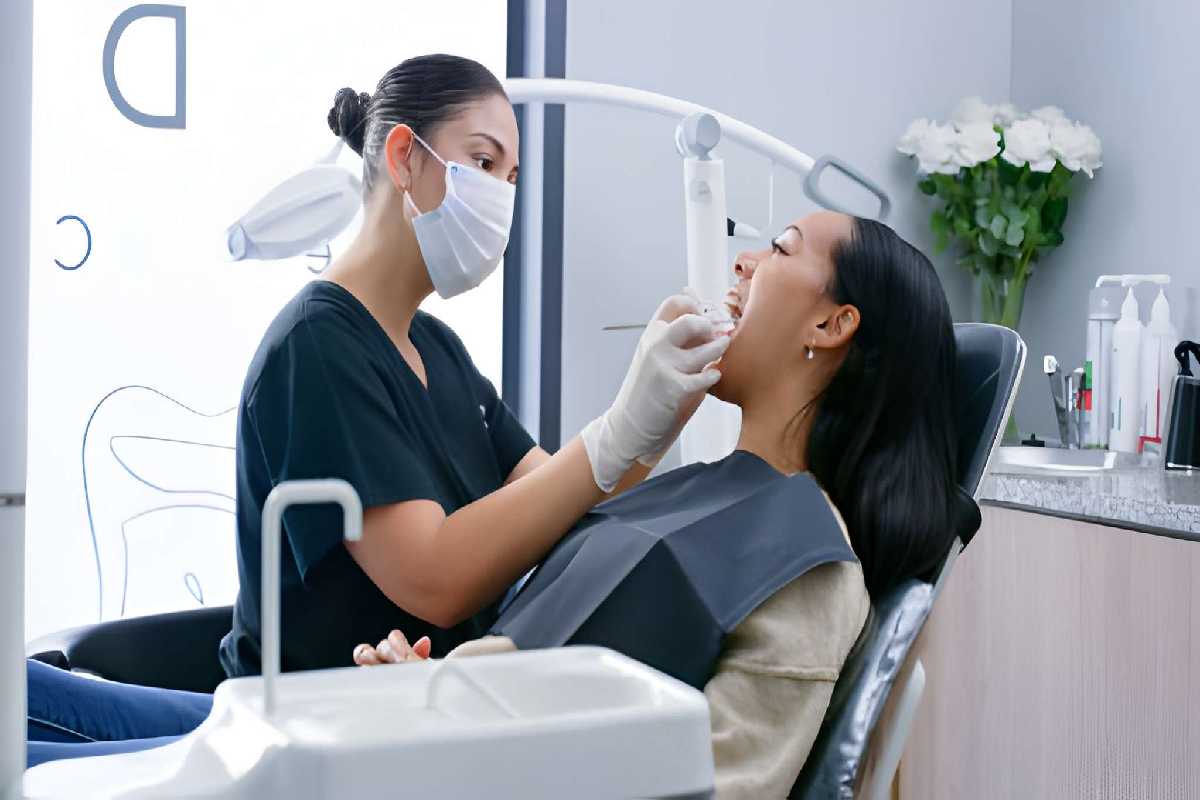
I’ll be straight with you—I used to think brushing my teeth twice a day was enough. Then my dentist dropped a bomb during a routine checkup: my gums were in rough shape. Bleeding when I flossed? That wasn’t normal. Slight puffiness around my molars? Not just “one of those things.” Turns out, gum health is the foundation of everything happening in your mouth, and I’d been completely ignoring it.
Let me share what I’ve learned about keeping your gums healthy, because trust me, you don’t want to learn these lessons the way I did.
Here’s the thing about gum disease—it sneaks up on you. One day you’re living your life, and the next, you’re dealing with:
The scary part? According to the CDC, nearly half of adults over 30 have some form of gum disease. That’s not a small number. We’re talking about gingivitis (the early stage) or periodontitis (when things get serious).
My dentist explained that healthy gums are like the soil in a garden—you can have the prettiest flowers (or teeth), but if the soil’s bad, nothing’s going to thrive. That comparison clicked for me.
She showed me the warning signs I’d been missing:
Early red flags:
More serious symptoms:
I had at least three of the early signs. Yikes.
Okay, so here’s what I changed, and it made a massive difference within weeks.
I always rushed through brushing, focusing only on my teeth. Wrong move. Your gum line needs just as much attention.
What works:
I switched to an electric toothbrush with a pressure sensor, and honestly, it’s been a game-changer. It buzzes when I’m brushing too hard, which I apparently did all the time.
I used to floss maybe once a week. Maybe. Now I get why my dentist kept bugging me about it—flossing removes plaque and food particles from places your toothbrush can’t reach.
My flossing routine:
If regular floss is annoying (I get it), try floss picks or a water flosser. Whatever gets you to actually do it.
I grab an antibacterial mouthwash to knock out bacteria that cause periodontal disease. Look for ones with ingredients like chlorhexidine or cetylpyridinium chloride—these actually fight the bacteria that attack your gums.
Swish for 30 seconds after brushing and flossing. Don’t rinse with water afterward, or you’ll wash away the protective ingredients.
Turns out, oral health isn’t just about what you do with a toothbrush—it’s also about what you eat.
Gum-friendly foods:
What to limit:
I started keeping baby carrots and apple slices at my desk. Not only do they make me feel healthier, but they actually help clean my teeth between brushings.
Let me break down what happens if you don’t stay on top of gum health.
This is reversible if you catch it early. Your gums get inflamed because plaque builds up along the gum line. The bacteria in plaque release toxins that irritate gum tissue.
Good news: With better oral hygiene and professional cleaning, you can reverse gingivitis completely.
If gingivitis goes untreated, it becomes periodontitis. Now the infection spreads below the gum line, and your body starts breaking down the bone and tissue supporting your teeth.
The damage includes:
Yeah, it’s not just about your mouth anymore. Research shows connections between periodontal disease and systemic health problems. That got my attention fast.
I now get my teeth cleaned every six months, no excuses. Here’s why it matters:
Professional cleanings remove tartar (hardened plaque) that you can’t get rid of with regular brushing. Your hygienist also checks for early signs of gum disease that you might miss.
During my first serious cleaning after my wake-up call, the hygienist did something called scaling and root planing—a deep cleaning that goes below the gum line. Not gonna lie, it wasn’t fun, but it was necessary. They numbed the area, cleaned out the bacteria and tartar, and smoothed the root surfaces so my gums could reattach properly.
Within a few weeks, my gums stopped bleeding and looked pinker and healthier.
Some things make you more prone to gum problems:
I can’t change my genetics, but I can control a lot of other factors. That realization was empowering.
My current lineup:
I also keep sugar-free gum with xylitol in my bag for after meals when I can’t brush. It increases saliva production, which naturally fights bacteria.
Taking care of your gums isn’t complicated, but it does require consistency. Since I’ve gotten serious about my oral hygiene routine, I’ve noticed:
The essentials:
Look, I’m not a dentist—just someone who learned this stuff the hard way. But if my experience helps even one person avoid the same mistakes, it’s worth sharing.
Gum health might not be the most exciting topic, but it’s the foundation of keeping your teeth for life. And honestly? Once you get into a solid routine, it becomes second nature. Your future self (and your dentist) will thank you.
Have you noticed any warning signs with your gums? Don’t ignore them like I did. Book that dental appointment and start taking your gum health seriously today.